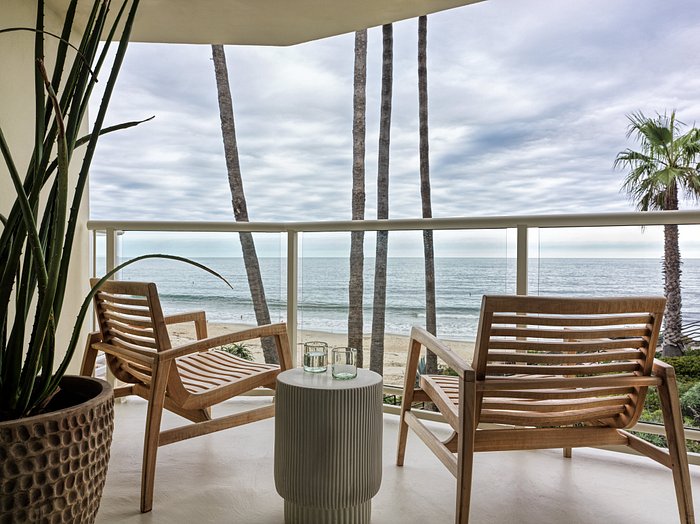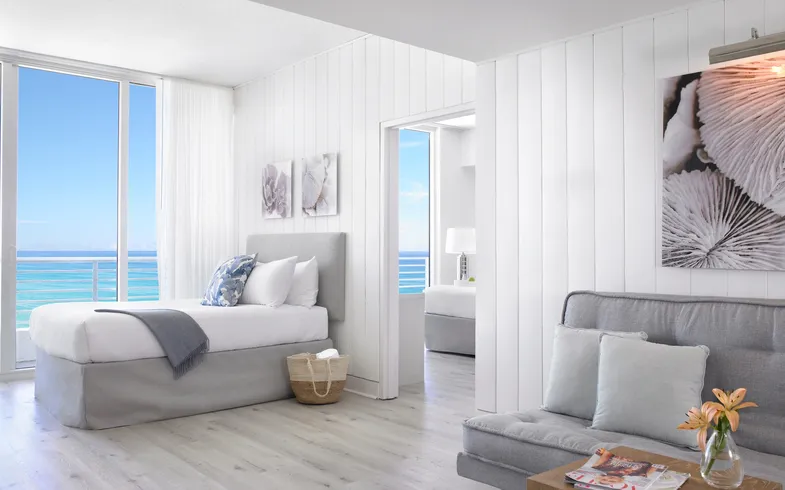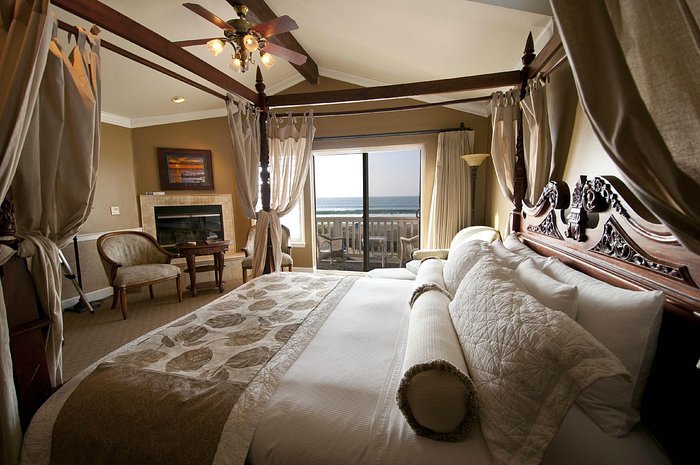Creating an inviting and relaxing atmosphere is essential for any beach bed and breakfast. Integrating a thoughtfully planned garden design can significantly enhance the guest experience, offering a serene outdoor space for relaxation and enjoyment. In this article, we explore how to design a captivating garden for your beachside retreat.

Understanding the Beach Environment
Before embarking on your garden design journey, it’s important to understand the unique challenges and opportunities presented by the beach environment. The coastal climate, sandy soil, and salt-laden air require special considerations in plant selection and landscaping techniques.
Adapting to Coastal Conditions
Plants chosen for a beach bed and breakfast garden should be salt-tolerant and able to thrive in sandy soils. Native plants are often the best choice, as they are adapted to the local conditions and require less maintenance. Consider incorporating dune grasses, succulents, and coastal wildflowers into your design.
Creating Microclimates
Utilizing structures like windbreaks, pergolas, and trellises can help create microclimates within your garden. These structures provide shelter from strong winds and can offer shady areas for guests to unwind.
Design Elements for a Beach Garden
A successful garden design for beach bed and breakfast incorporates elements that enhance the natural beauty of the coastal setting while providing comfort and functionality for guests.
Pathways and Seating Areas
Incorporate meandering pathways that lead guests through the garden, encouraging exploration and discovery. Consider using natural materials like gravel, stone, or shell to create these paths. Add seating areas throughout the garden, offering spots for guests to relax and enjoy the surroundings.
Water Features
A water feature can add a soothing element to your garden, enhancing the tranquil atmosphere. Consider installing a small pond, a bubbling fountain, or a birdbath to attract local wildlife.
Incorporating Local Art and Decor
Enhance your garden with local art and decor that reflects the cultural and natural beauty of the area. This can include sculptures, driftwood pieces, or locally crafted ornaments. Incorporating art adds character and a unique touch to your outdoor space.
Lighting for Ambiance
Strategically placed lighting can transform your garden into a magical retreat during the evening hours. Use solar-powered lights to illuminate pathways, highlight key features, and create a warm ambiance for guests to enjoy.
Maintenance and Sustainability
Maintaining a beach garden requires attention to sustainability practices and regular upkeep to ensure the garden remains lush and inviting.
Water Conservation
Implementing water-saving techniques is essential in a coastal garden. Drip irrigation systems, rainwater harvesting, and drought-tolerant plants can help reduce water usage.
Organic Gardening Practices
Adopt organic gardening practices to minimize chemical use and promote a healthy ecosystem. Composting and natural pest control methods can enhance soil fertility and protect beneficial insects.
Engaging Guests with Garden Activities
Engage your guests with garden-related activities that allow them to connect with nature and enjoy their stay.
Guided Garden Tours
Offer guided tours of your garden, sharing insights into the design process, plant selections, and sustainable practices. This can be an educational and enjoyable experience for your guests.
Workshops and Classes
Host workshops or classes on topics like coastal gardening, plant care, or DIY garden decor projects. These activities provide guests with hands-on experiences and memorable takeaways.
For more inspiration on creating a beautiful beachside retreat, check out Beach-Themed Decor for Bed and Breakfast and our external guide to top bed and breakfasts.
Conclusion
Designing a garden for a beach bed and breakfast is an opportunity to create a peaceful oasis that enhances the guest experience. By considering the unique coastal conditions, incorporating local elements, and embracing sustainability, you can craft a garden that delights your visitors and leaves a lasting impression.

FAQ Section
What plants are best for a beach garden?
Choose salt-tolerant, drought-resistant plants like dune grasses, succulents, and native coastal wildflowers.
How can I protect my garden from strong winds?
Use windbreaks like hedges, fences, or trellises to create sheltered areas within your garden.
Can I incorporate edible plants in my beach garden?
Yes, consider growing herbs, cherry tomatoes, or strawberries in containers to add an edible element to your garden.
This article contains affiliate links. We may earn a commission at no extra cost to you.






